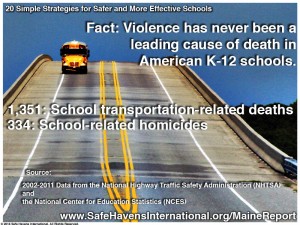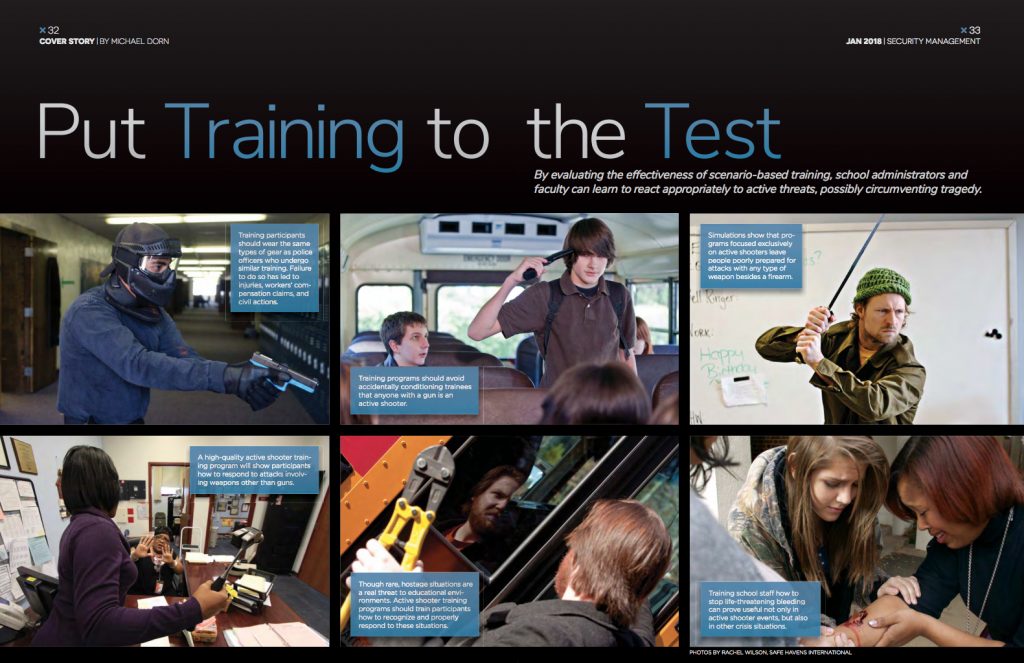Mass casualty school shootings are neither a new phenomenon nor a type of violence unique to American schools. Though American school shootings predate the Civil war, the first mass casualty school shooting in an American K12 school we have identified took place in a Newburgh, New York Parochial School on April 19, 1891. A 70-year-old man shot five students with a shotgun in this attack. Just more than a decade later, an elementary teacher shot and killed three trustees of a Mennonite School in Canada before going across the street and shooting their three children to death. Tragically, mass casualty school shootings have also occurred in Argentina, Austria, Australia, Brazil, Canada, China, Finland, Germany, India, Israel, Mexico, Nigeria, Russia, and Scotland, just to name a few countries. School and police officials have expressed concerns about school shootings in every one of the more than two dozen countries our analysts have worked in.
To dispel another common myth, attackers have used firearms, edged weapons, gasoline, swords, clubs, hatchets, explosives, a homemade flamethrower, and other weapons to carry out mass casualty school attacks in the United States and many other countries as far back as 1764. In fact, there is no region of the world that has been left touched by the types of extreme violence in K12 schools.
While many pundits, special interest groups, vendors, elected officials and individuals with the very best of intention suggest an array of simple solutions, there are actually no examples of any singular approach that has been proven to eliminate mass casualty violence in schools. While it is a healthy and natural part of our culture to discuss and debate potential strategies to further reduce the number of homicides in our schools, it is extremely important that schools do not overlook the measures that have been repeatedly used to successfully avert planned school shootings while seeking new protection measures. While schools consider an array of new theoretical but as yet not validated approaches, it is imperative that student threat assessment and management, suicide prevention and other proven behavioral prevention measures be more widely utilized. While there are no simple answers nor 100% effective approaches to prevent school shootings, there are approaches that have been used to successfully avert hundreds of planned and imminent school shootings.
While every school homicide is one too many, we cannot lose sight of the fact that multiple planned school shootings are successfully averted for every successfully carried out attack. While we continually hear about the “good old days” when mass casualty school attacks were not a concern, history provides many examples of horrific attacks from colonial times to the present. The 24/7 news cycle and the development of the internet make us painfully and almost instantly aware of horrific attacks that in the past did not receive national attention. Keeping in mind that there are more K12 students in U.S. K12 schools each day than there are human beings in Canada and Australia combined can also provide a more accurate perspective. As with child molestation by school employees and staggering numbers of fatalities from drunk driving prior to the efforts of Mothers Against Drunk Driving to educate us, we are far more aware of homicides in K12 schools than we were when a school board member carried out a deadly bombing of the Bath School in Michigan killing 43 students and staff in 1927. It is also important to remember that our nation’s most lethal K12 attack occurred at the Our Lady of Angels Sacred Hearts school in Chicago in 1958 when a troubled elementary child killed 95 students and staff with a book of matches.
While we seek new ways to make our schools safer, it is at serious risk to our students and those who educate them for us to invest considerable time, energy and fiscal resources on theoretical measures while ignoring proven measures that have repeatedly prevented deadly school shootings and bombings over the past three decades.

